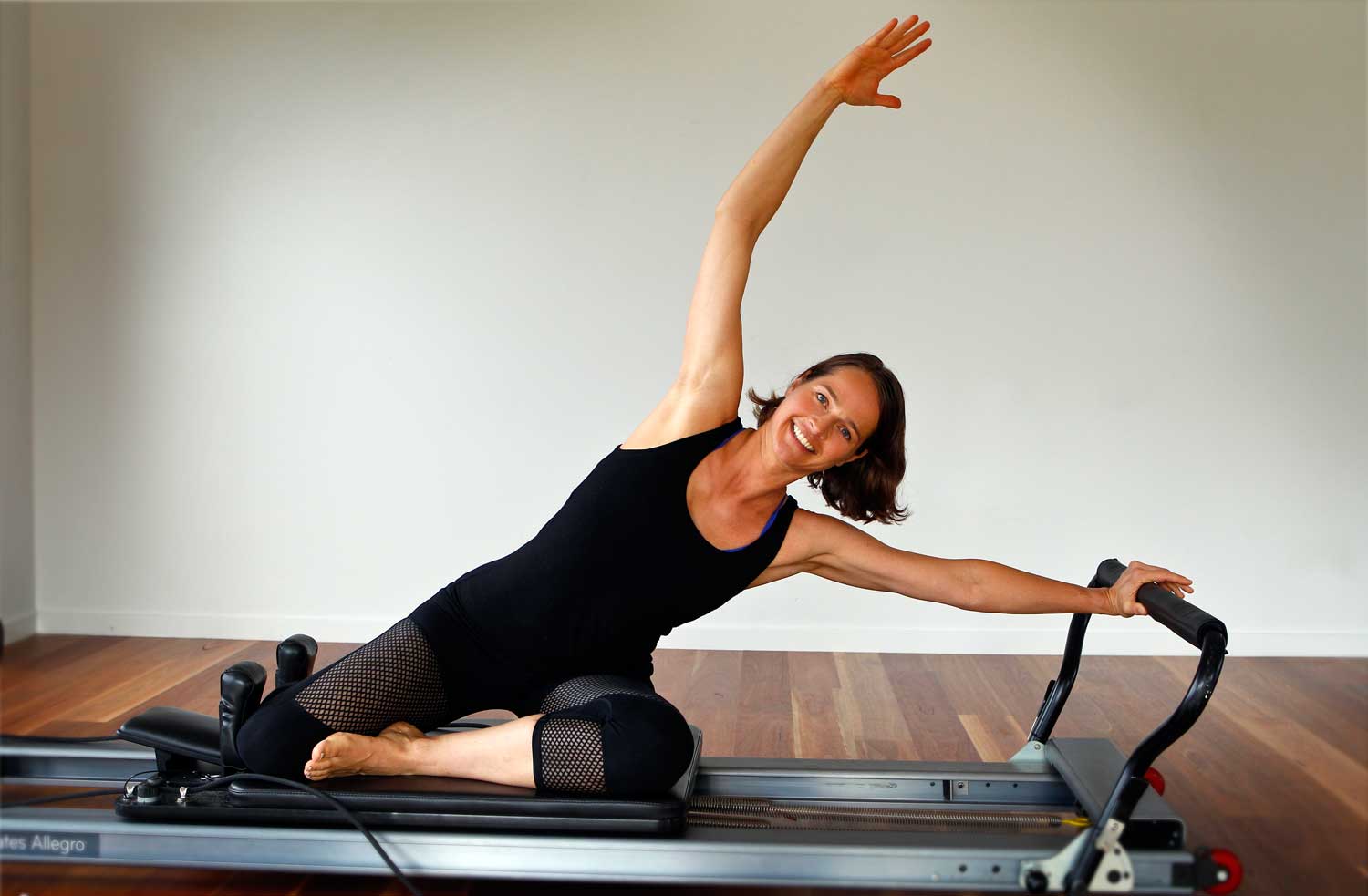
02 Dec The Power of Moving Slowly in Pilates: Unlocking Mind-Body Benefits
In a fast-paced world that glorifies intensity, productivity and speed, the concept of moving slowly—especially in exercise—can feel counterintuitive. Yet in Pilates, slow and deliberate movements are not just a method; they are the key to unlocking a deeper connection with your body and achieving transformative results.
Here’s why slowing down during your Pilates practice can be a game-changer for your physical and mental well-being.
1. Precision and Control
Pilates is rooted in precision, with every movement designed to target specific muscle groups and promote proper body alignment. Moving slowly allows you to focus on proper form and technique. Instead of rushing through exercises, you can concentrate on the subtleties of your posture, alignment, and breath.
Why it matters: When movements are performed with control, you’re less likely to compensate with the wrong muscles or create strain, reducing the risk of injury and enhancing the effectiveness of your workout.
2. Building Strength from Within
In Pilates, the core is king. Slow movements require sustained engagement of the deep stabilizing muscles, especially in the abdomen and pelvic floor. This consistent engagement helps build true functional strength—strength that supports your body in everyday activities and improves posture.
Example: Imagine performing a slow roll-down. The deliberate pace forces your core to work harder to lift and lower your body smoothly, enhancing both strength and endurance.
3. Enhancing Mind-Body Connection
Pilates isn’t just about physical exercise; it’s also about cultivating awareness and mindfulness. Moving slowly encourages you to stay present with your body, noticing how it feels and responds to each movement. This heightened awareness helps you tune into areas of tension or imbalance, allowing for adjustments and greater control and awareness.
The benefit: Over time, this mind-body connection spills into daily life, improving how you carry yourself and reducing stress on the body secondary to improper loading.
4. Improved Flexibility and Range of Motion
Holding and transitioning through positions slowly gives your muscles and connective tissues time to adapt, increasing flexibility over time. Slow movements also promote joint stability, which is crucial for achieving a safe and healthy range of motion.
Tip: Pair your slow movements with conscious breathing to further enhance relaxation and release tight muscles.
5. Boosting Endurance and Mental Focus
It may seem paradoxical, but slowing down can make Pilates more challenging! Moving at a controlled pace increases the time your muscles are under tension, which boosts endurance. Mentally, it demands focus, as your mind can’t wander when you’re working to sustain a position or transition smoothly.
Pro tip: Practice slowing your pace during familiar exercises. You’ll quickly notice how it intensifies the workout.
6. Reducing Stress and Promoting Relaxation
The slow, flowing movements of Pilates are inherently calming. Paired with intentional breathing, they activate the parasympathetic nervous system, helping to reduce stress and promote a sense of inner peace. The slower you move, the more you can use Pilates as a moving meditation.
Embrace the Slow Movement
Slowing down in Pilates isn’t about doing less—it’s about doing more with intention. It’s a practice of patience, discipline, and deep respect for your body. By moving slowly, you’ll not only enhance your physical fitness but also cultivate a profound sense of self-awareness and well-being.
So, the next time you’re on the reformer, resist the urge to rush. Embrace the challenge of slow, controlled movement, and watch as your Pilates practice—and your body—transforms.


Call: (02) 6674 4142